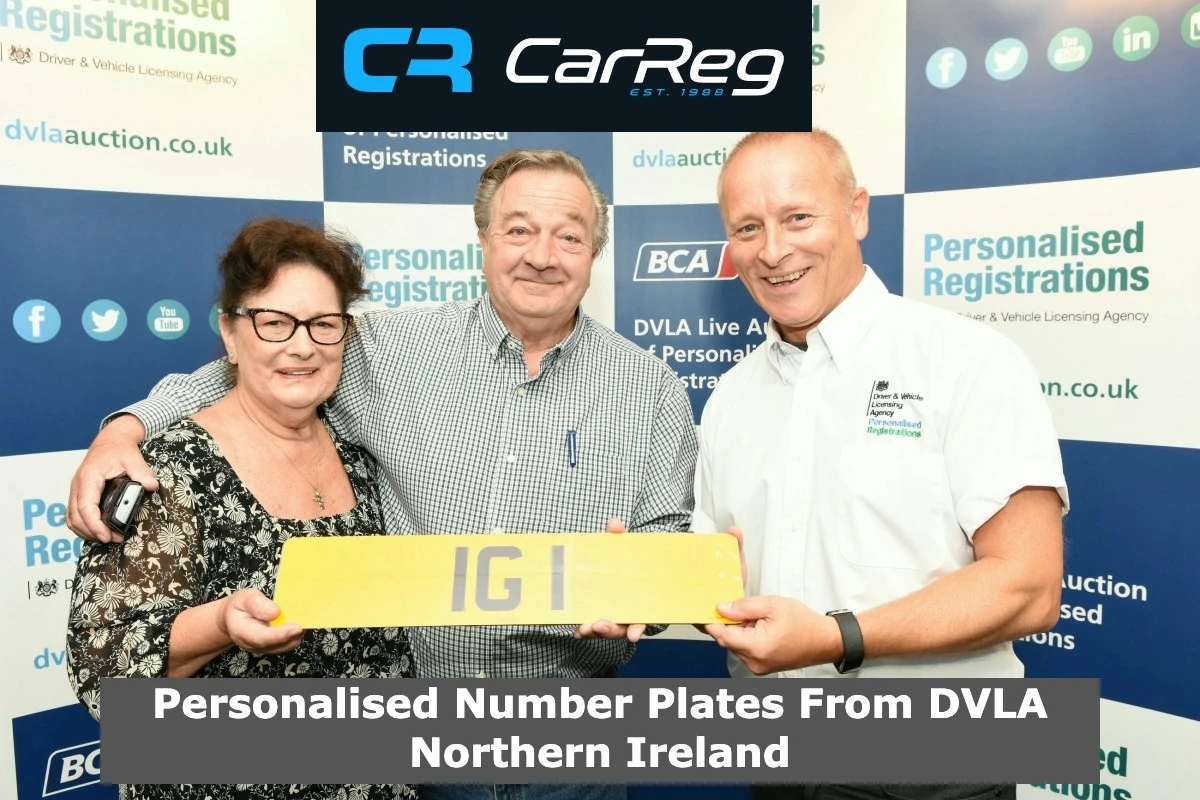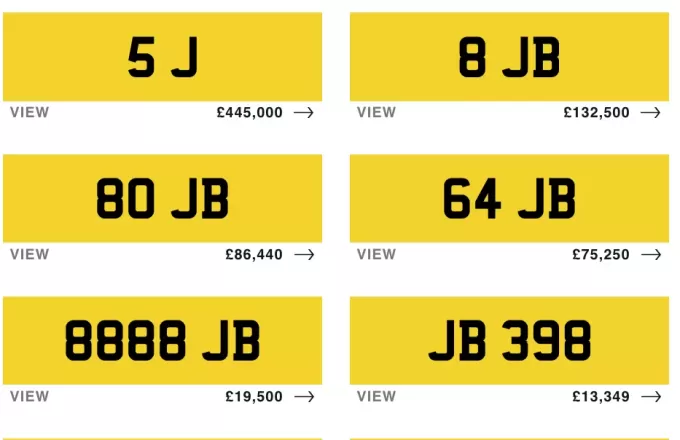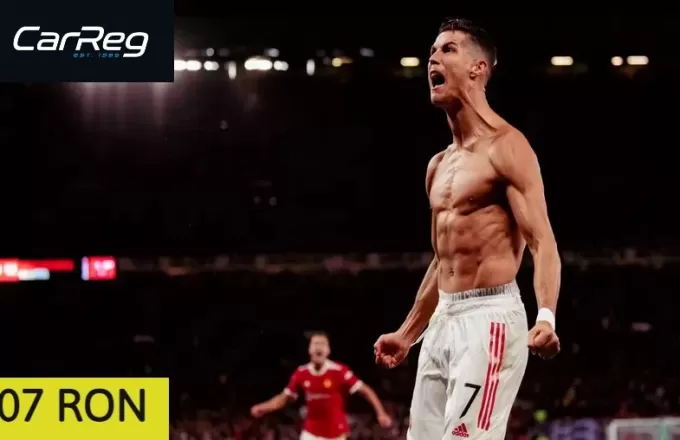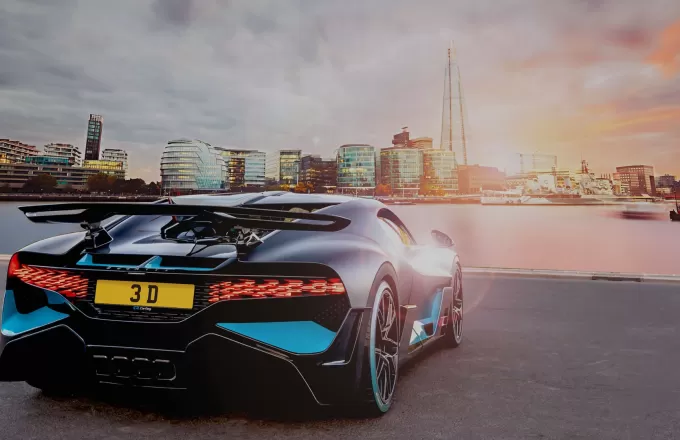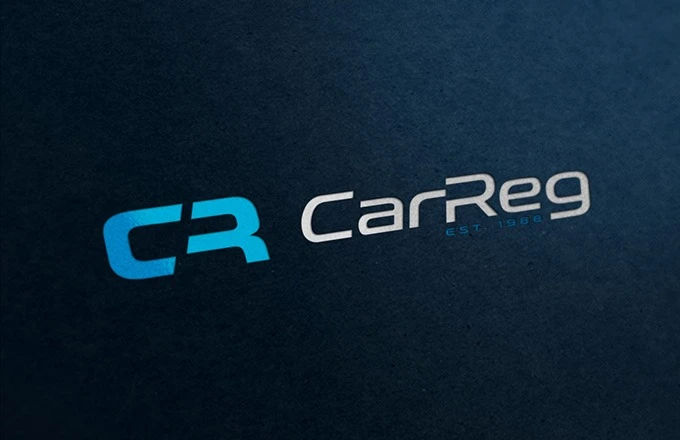Today we are looking at UK vehicle registration plates. Specifically looking at personalised number plates (also known as private number plates) and cherished number plates of Northern Ireland. DVLA & Irish number plates are thought to be very sought after. Today, we are going to find out why.
Number Plates Northern Ireland: A Brief Background
Registration plates in Northern Ireland aren’t like plates in the rest of the United Kingdom. Nowadays, England, Scotland, and Wales all use number plates with two letters, two numbers, and then a group of three more letters. We’ll explain what all that means shortly. This system was mandated by the Driver and Vehicle Licensing Agency (DVLA).
Northern Ireland, on the other hand, use a special version of the national registration plate system in which there are typically three letters and four numbers. Every Northern Irish plate includes either the letter I or the letter Z. These two letters are not used on plates anywhere else in the UK, and hence plates with an I or Z anywhere in them are instantly recognizable as Irish. Though these plates are only issued in Northern Ireland, they can be transferred to any vehicle in the mainland UK.
Featured Irish DVLA Number Plates Available
Originally, all number plates in the UK, including Northern Ireland, included a 2-letter county and city code plus a number from 1 to 9999. These were all used up by 1957, so then they did the next logical thing, they reversed them, putting the number first and the 2-letter code second. Once the reversed codes were all used up, they started issuing longer sequences with an extra letter included.
Eventually, in 1966, Northern Ireland settled on the “AXX 1234” format where each plate includes a serial letter (A), a county code (XX), and a number of up to four digits (1234). They gradually switched to this new format for number plates as each individual county slowly but surely used up all of its pre-existing sequences. Optional side badges such as the official EU symbol or the “NI” and “IRL” badges are also occasionally seen. The latter two are unofficial and purely for decorative purposes.
What’s the Deal with I and Z?
In the mainland U.K., the letters I and Z are the only letters not permitted on number plates. This has been the case since 1903, when the current numbering system was established. The likely reason for this was that 'I' could easily be mistaken for the number 1, and 'Z' looked a bit too much like the number 2. Letters 'O' and 'Q' have also been banned for similar reasons.
So, as has often been the case throughout history, Northern Ireland got the UK’s leftovers. Now, every Northern Irish number plate is a variation of the form above with 'I' or 'Z' in the county code. “AZ” is for Belfast, “KZ” is for Antrim, etc. Many locations have additional county codes. For example, GZ, CZ, EZ, and FZ all represent Belfast on NI number plates.
Private & Dateless Plates
One particularly interesting feature of NI number plates is that they are dateless. Other UK number plates, such as the Scottish plate pictured below, clearly indicate (1) the area code of the vehicle and (2) the registration period in which it was licensed. (The EU country identifier is optional, but UK drivers will probably not be able to get those for much longer anyway.
Northern Irish number plates, by contrast, have no age identifier and can be assigned to any vehicle regardless of age. The only concrete piece of information they give is that your vehicle is from a county or city in Northern Ireland.
What’s especially cool is that NI plates can be transferred onto other vehicles in England, Scotland, or Wales. This provides a sneaky and cost-efficient way to hide your vehicle’s age (cheaper than moving to Northern Ireland, at least!). CarReg.co.uk, in fact, has a whole section of their website dedicated to helping UK drivers disguise their car’s age with dateless plates.
“Irish number plates don’t have a year identifier,” our expert source said, “so they can be used on any vehicle regardless of its age.” Our source added that these plates “are also different from standard dateless plates, which don’t use the letters I or Z.” This makes Irish number plates valuable in a way that no other plates in the UK are.
In case you were wondering, you cannot transfer plates from the Republic of Ireland to UK vehicles. The Republic of Ireland is a sovereign nation wholly distinct from the United Kingdom.
Personalised Number Plates NI
Also known as private number plates, these are plates that include someone’s name, initials, a short word, or some other series of letters with personal significance. Americans probably refer to these kinds of things as “vanity plates.” They’re a fun way to add a bit of personality and flair to your vehicle or to give someone the perfect, government-mandated gift (MOM 0001 for a Mother’s Day gift, L321 URA for your friend Laura, that sort of thing).
With Northern Irish personalised number plates, you can make your car look cool and hide its true age in one neat package. They are, truly, the high-end mascara of number plates.
Irish number plates are particularly notable as collectors’ items because the original and reversed sequences in Northern Ireland ran out much faster than in the rest of the UK. Irish private number plates from before 1966, when the modern numbering system arrived in Northern Ireland, are some of the most sought after among hobbyists.
Cherished Number Plates NI
In the automobile business, “cherished number plate” is a term often used to refer to plates with some kind of special significance, collector’s value, or symbolism. They typically do not include age identifiers, whether that’s because they’re from Northern Ireland or because they were issued before the DVLA made age identifiers mandatory on all number plates.
Some people use this term interchangeably with “private number plate” and “personalised number plate.” However, others use the term “cherished number plate” to refer specifically to plates with rare or valuable numbers on them, as opposed to a plate with someone’s name or initials, which are mainly significant to that particular person and not to collectors as a whole.
As for the collectors’ value of cherished number plates, Northern Ireland has several things going for it. First, there is a wide range of cherished numbers to hunt for. Second, their universally dateless registrations give them added appeal to anyone wishing to disguise their vehicle’s age. Third, each NI number plate clearly displays the home county of the driver — a great source of pride for many collectors.
If you weren’t already aware, there is quite a cottage industry online of buying and selling cherished plates from all corners of the world. In the UK, you can get them directly from the DVLA or from private enthusiasts such as CarReg.co.uk. These services often have systems that let customers type in whatever their dream number plate might be and check whether such a plate has been issued
Starting in 1985, the numbers 1–100 of each series were withheld by the DVLA as cherished registrations. Similarly, numbers from 101–999 started being withheld in 1989. Other DVLA cherished number plates include even multiples of 1000 and multiples of 1111, such as 4000 or 6666. For this reason, NI number plates actually stop at 9998 and then cycle back to number 1001 of the next series.
Hence, many collectors avidly seek NI cherished number plates. Numbers as simple as BAZ 84 or IFZ 9 can go for hundreds of pounds at auction. The most expensive Northern Irish number plate ever sold was the simple and elegant 25 O, which fetched an eye-popping £400,000.
The Most Expensive Irish Number Plates Plates Ever Sold!
In 2019, the DVLA recently held their 30th birthday bash sale. The event set the record for the most expensive of all Irish personalised number plates sold, and the third most expensive plate ever sold at a DVLA auction.
The plate? IG 1. Looks pretty spiffy, for sure, especially if it matches your initials.
The price? £222,000 (even the price looks like a cherished number, doesn’t it?).
The buyer? Retired businessman Ian Guest, holding that plate like it’s a modern-day Excalibur.
